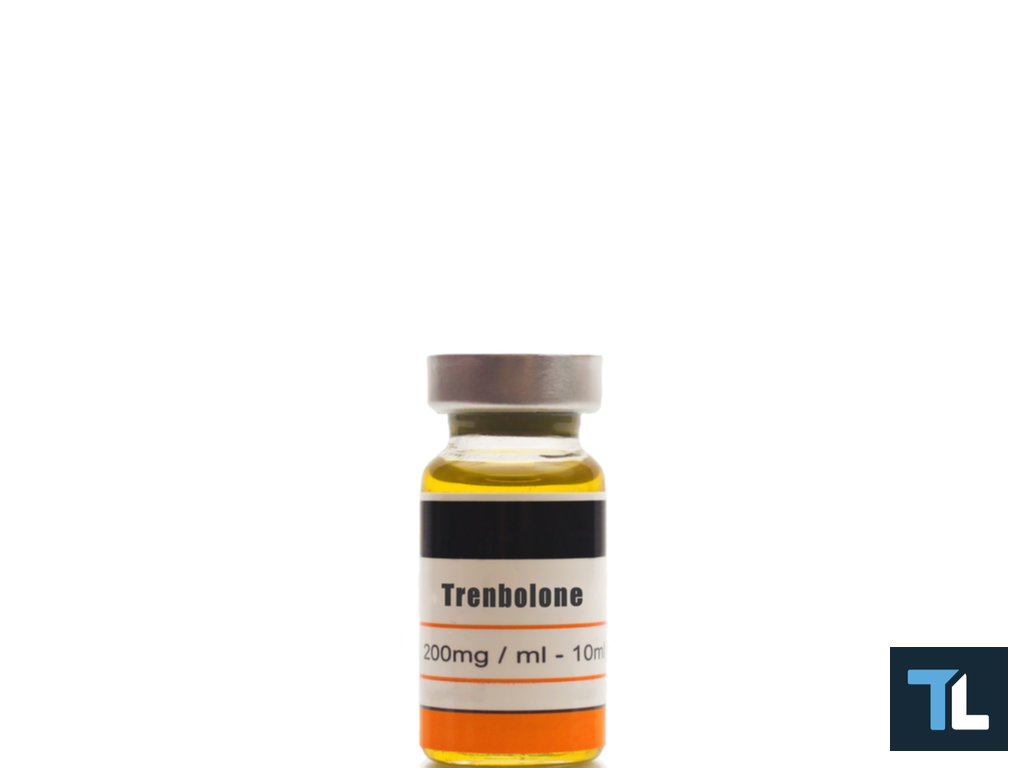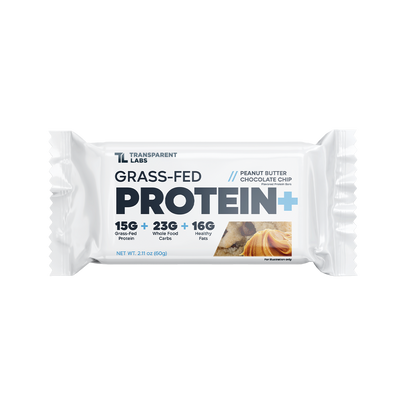What Does Tren Do? [And Trenbolone Side Effects]

Anabolic Steroids: Read this Before Using Trenbolone ("Tren") to Build Muscle
Trenbolone acetate is a popular ester pro-drug of trenbolone, a synthetic anabolic steroid that's estimated to be three to five times more potent than testosterone at the androgen receptor [1]. Since the body does not metabolize trenbolone to dihydrotestosterone (DHT) like other anabolic steroids (e.g. testosterone) it is an appealing performance-enhancing drug (PED) in bodybuilding subculture.
Layman's Summary: Tren-based steroids like trenbolone acetate ("tren ace") are often utilized by athletes to amplify muscle strength and mass gains. Tren helps stimulate substantial muscle growth and protein synthesis in the body by binding to androgen receptors; in turn, tren use can lead to pronounced performance and physique
However, using trenbolone acetate to build lean muscle mass and increase strength still carries a high risk of side effects. Adverse reactions are all but assured on a trenbolone cycle due to the relatively large doses prescribed by "steroid gurus" and "bodybuilding coaches" on Internet forums.
But the positive effects of anabolic steroid use are irrefutable, and trenbolone (acetate and enanthate) remains one of the most powerful performance-enhancing drugs for muscle growth. What's interesting about trenbolone is that it's classified as a selective-androgen receptor modulator (SARM), albeit steroidal, due to its tissue-specific actions and lack of 5-alpha reductase (5-AR) activity [2].
This guide will quickly bring you up to speed on tren use, how it increases lean muscle tissue, and the side effects you should be aware of before taking anabolic agents.
Disclaimer: The contents of this article are for informational purposes only. Trenbolone acetate and other forms of trenbolone are schedule III controlled substances in the United States. Possessing, using, or distributing these substances may lead to serious legal consequences. Trenbolone use will also cause you to fail a drug test in most sporting organizations.
What Is an Anabolic Steroid?
Let's start by defining anabolic steroids. Steroids are a general class of molecules that all share a characteristic four-ring nucleus. The primitive steroid ring contains three cyclohexyl molecules and one cyclopentyl molecule conjoined. Cholesterol is the most basic steroid in nature and is indeed the biological precursor of endogenous steroid synthesis in higher animals.

Functionally, steroids are classified as endocrine hormones that fall into five categories:
-
Androgens
-
Estrogens
-
Progestins
-
Mineralocorticoids
-
Glucocorticoids
All steroids possess either anabolic or catabolic properties in the body. Anabolic reactions, such as muscle protein synthesis, build cellular components and complex molecules; these reactions require energy input to proceed. Hence, a calorie surplus is a precondition for muscle growth.
Catabolic reactions, such as breaking down body fat, are the inverse of anabolic reactions; they metabolize cell components and complex substrates to form simpler derivatives and release energy. Therefore, a calorie deficit is necessary to lose weight.
Cortisol is a pertinent example of a catabolic steroid hormone that has permissive effects on fat burning [3]. On the other hand, testosterone is the grandfather of anabolic steroids; it stimulates protein synthesis and muscle building [4].
An important distinction is that all androgens have androgenic properties, meaning they promote the development of male secondary sexual characteristics. The discovery of synthetic androgens, like trenbolone, has shown that slight modifications to the steroid nucleus of testosterone and its derivatives can impart a greater anabolic or androgenic effect in specific body tissues and organs.
Trenbolone (Acetate) vs. Testosterone
Trenbolone acetate and other tren esters are clinically intriguing because of their lesser androgenic and greater anabolic activity than testosterone esters, like testosterone propionate and cypionate [5]. Testosterone is metabolized to DHT and estradiol by 5-AR and aromatase enzymes, respectively. Therefore, using testosterone can lead to hair loss/premature balding, gynecomastia (male breasts), prostate growth, oily skin/acne, and other androgenic side effects.
Contrarily, trenbolone is not a substrate for either 5-AR or aromatase enzymes [6]. Thus, trenbolone has more of the desirable, anabolic, nitrogen-sparing effects as testosterone and less of the undesirable, androgenic, virilizing effects. To date, however, complete dissociation of the anabolic effects of an AAS from its androgenic characteristics has been impossible, and tren use is not without consequences.
Tren Side Effects
The androgenic characteristics of trenbolone can lead to various side effects. These may involve oily skin, acne breakouts, seborrheic dermatitis, an overgrowth of facial hair, and accelerated loss of hair from the scalp. Men who have predispositions to hair-related disorders, such as balding, are at a heightened risk of undergoing early-onset baldness.
While trenbolone is not as androgenic or estrogenic as testosterone, it can still produce severe side effects in high doses.
Research has also shown that environmental exposure to trenbolone increases the production of amyloid-beta plaques in the brain, indicating the progression of Alzheimer's disease and cognitive decline [7].
Other evidence suggests that trenbolone use increases the risk of prostate cancer through pathways downstream the androgen receptor [8]. There are also concerning case studies of individuals taking trenbolone acetate and other anabolic androgenic steroids experiencing psychotic symptoms [9, 10].

Trenbolone is notorious for increasing "aggression," but this side effect is highly subjective and confounded by numerous other mental health factors. The theory that anabolic steroids cause "roid rage" is largely a myth; rather, AAS use may potentiate "aggressive" qualities in individuals who behave that way innately.
Arguably the most pernicious side effects of trenbolone are increases in erythropoiesis (red blood cells), blood pressure levels, and low-density lipoprotein cholesterol [11]. These negative effects can increase the risk of cardiovascular disease, myocardial infarction, and stroke.
Using Tren to Build Muscle Mass: Do the Benefits Outweigh the Consequences?
There's no disputing that trenbolone is a highly effective steroid to increase protein synthesis, nitrogen retention, and muscle mass, especially in conjunction with a proper bulking diet and resistance training [12].
It's not uncommon for gym-goers to pack on 15-20 pounds of lean muscle on a tren cycle, and muscle strength usually increases exponentially in the process. Depending on the post-cycle therapy protocol, users may retain a good portion of their muscle size and strength gains after a trenbolone cycle. But it's easy to overlook the potential side effects of steroid use when all you read about are people's positive results.
Many users who experiment with trenbolone acetate will experience one or many of the side effects described above. In some cases, these effects persist indefinitely, even after tren use has stopped. It's imperative to consider the long-term risks of using any performance-enhancing drugs, anabolic steroids or otherwise.
If you decide to use AAS like trenbolone acetate, do so cautiously and with as low a dose as possible. There are safe uses for anabolic steroids, but most bodybuilders take doses that are far beyond what research suggests is "safe."
Also, bear in mind that exogenous AAS use will suppress your body's ability to produce testosterone and other androgens, so you may need to be put on testosterone replacement therapy (TRT) after a cycle. It's prudent to have a physical examination before using any drugs, especially if you have a preexisting health condition.









